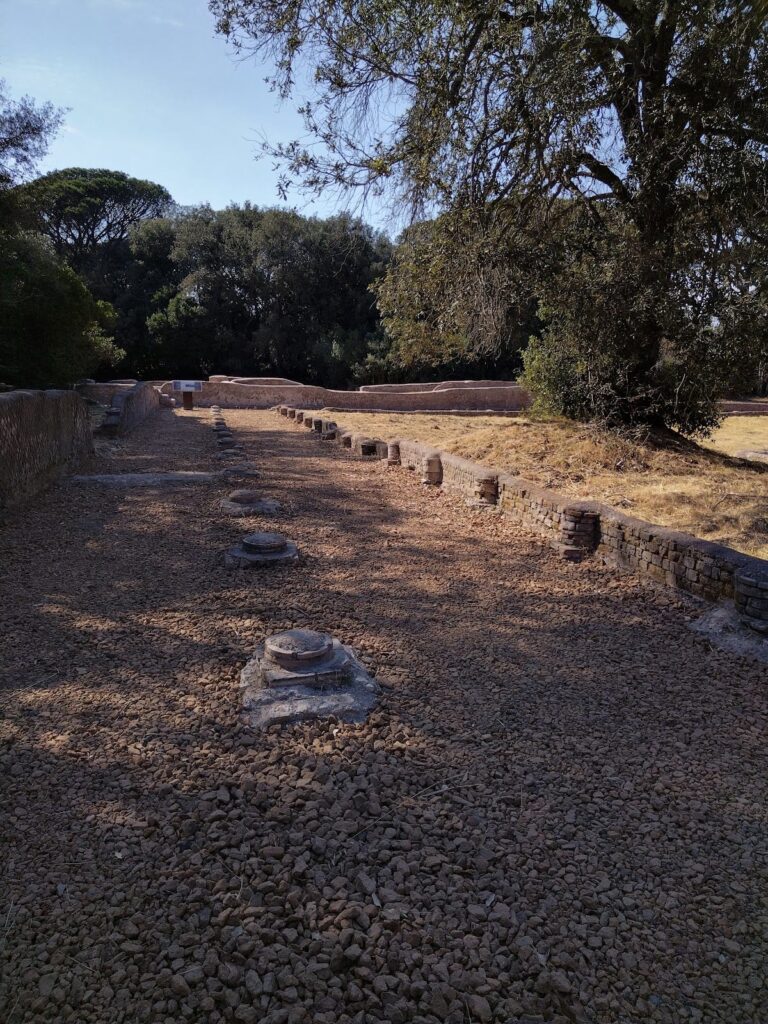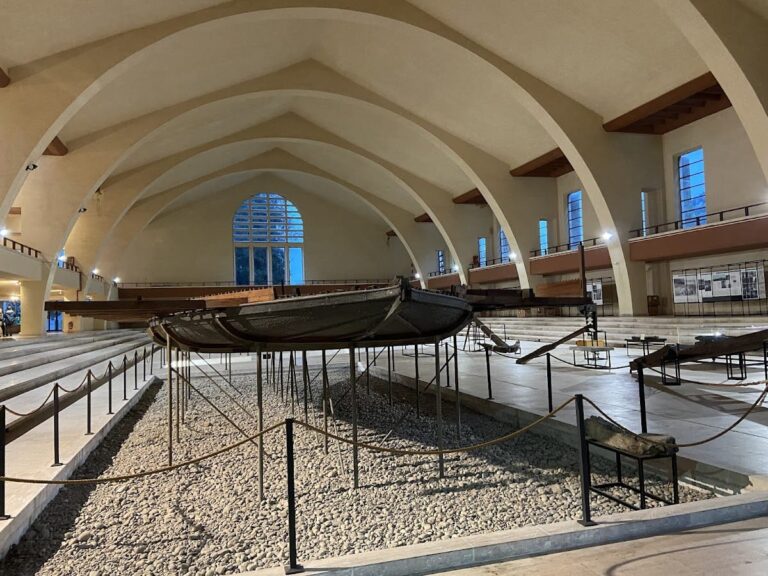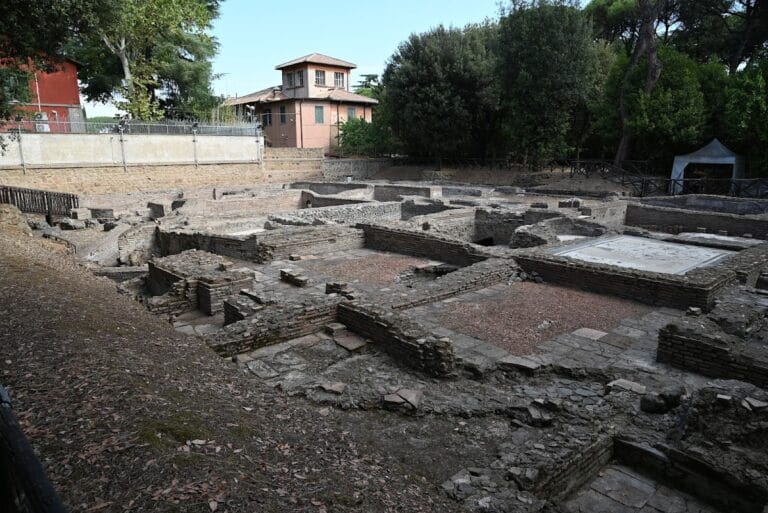Lavinium: An Ancient Latin City Near Rome
Visitor Information
Google Rating: 4.7
Popularity: Low
Google Maps: View on Google Maps
Official Website: www.museolavinium.it
Country: Italy
Civilization: Roman
Remains: City
History
Lavinium is located near the modern town of Pratica di Mare in the province of Rome, Italy. It was an ancient city founded by the Latin people and traditionally linked to the arrival of the Trojan hero Aeneas in Italy. According to legend, Aeneas named the city after his wife Lavinia, daughter of King Latinus, establishing Lavinium as a sacred center for the Latin peoples.
Archaeological evidence shows that Lavinium was inhabited from the early Iron Age, with significant growth beginning in the 6th century BCE. Myth holds that about thirty years after Lavinium’s founding, Aeneas’ son Ascanius moved the Latin political center to Alba Longa. Despite this shift, Lavinium remained important as a religious sanctuary and continued to function as a political entity within the Latin League.
Roman historical tradition connects Lavinium to notable events such as the murder of King Titus Tatius during a sacrificial ceremony and the exile of the first Roman consul, Collatinus, who sought refuge there. During the Roman Republic, Lavinium allied with Rome as part of the Latin League but faced military challenges, including a siege led by Coriolanus and possible involvement in the Latin War. After the 3rd century BCE, the city’s political role diminished, though it retained its religious significance.
In the Imperial period, likely under Emperor Trajan, Lavinium was elevated to the status of a colonia and merged with the nearby city of Laurentum. This new community was called Laurolavinium. The city remained inhabited until at least the late 4th century CE, with Roman officials continuing traditional sacrificial rites there. Lavinium’s decline coincided with the end of paganism, as it lost the religious functions that had sustained it.
Excavations beginning in the mid-20th century, especially from 1957 by the University of Rome, confirmed the site’s location near Pratica di Mare and uncovered extensive remains that illuminate its long history.
Remains
Lavinium was built on a small plateau surrounded by ravines, about 4.5 kilometers inland from the Tyrrhenian coast. The city occupied a hill with artificially steepened slopes, providing natural defense. The settlement extended south and west from a central citadel area, enclosed by city walls dating to the 6th century BCE, though only fragments of these walls survive today.
A prominent feature is the Sanctuary of the Thirteen Altars, located near the modern Santa Maria delle Vigne church. This complex includes thirteen large, adjacent altars used for sacrificial ceremonies, dating from the 6th to the 1st centuries BCE.
A tumulus tomb from the 7th century BCE was later transformed in the 4th century BCE into a heroon, a shrine dedicated to a hero. This site is traditionally identified as the tomb of Aeneas, linking the city’s archaeology to its founding legend.
Other important structures include a 5th-century BCE temple situated outside the main city area and a temple dedicated to Minerva. The Minerva temple contained a two-meter-high statue and terracotta figurines. Bathhouse ruins have also been found within the modern town area.
Numerous inscriptions and graffiti mentioning Laurolavinium confirm the merged city’s name and status during the Imperial period. Finds at the site include local and imported pottery, Greek-style sculptures, and votive deposits, such as one dedicated to Minerva.
Many artifacts recovered from Lavinium are displayed in the Lavinium Archaeological Museum in nearby Pomezia.










